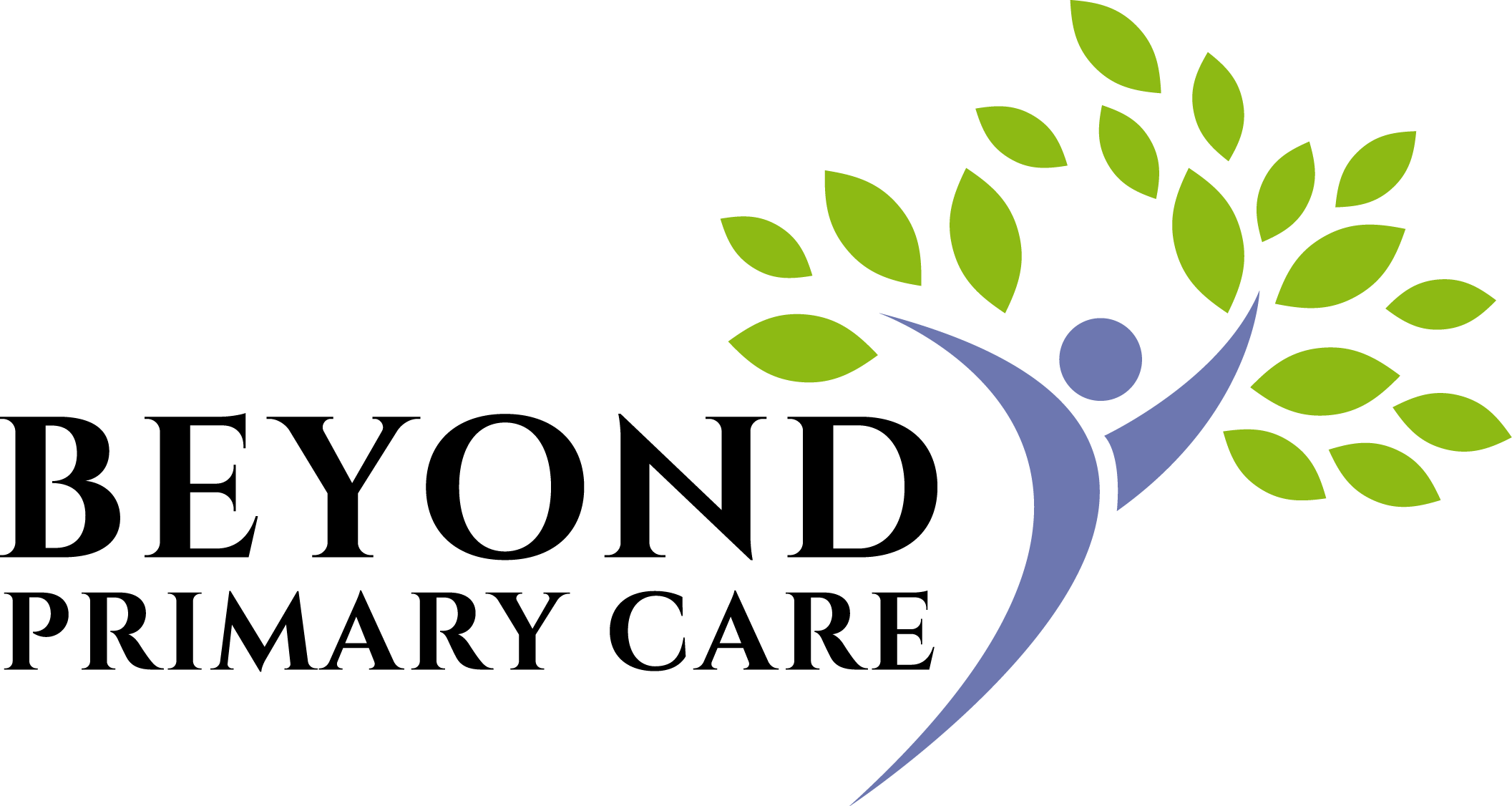Blood Pressure Management
Hi, thank you for coming back for the latest edition of Beyond Primary Care’s blog- Blood Pressure Management. In Beyond Primary Care blogs we highlight healthcare news, advice for medical conditions, and how membership for care works! Beyond Primary Care is an insurance free, membership based family medicine clinic. Beyond Primary Care is the highest rated Direct Primary Care clinic serving patients in Ann Arbor and throughout Washtenaw, Livingston, and Wayne counties giving families and employers peace of mind about healthcare costs by providing affordable and accessible primary care services.
The primary purpose of the blog is to introduce healthy lifestyle concepts and answer common questions I receive from patients that I believe are important. I want to start discussions that will help educate, benefit, and improve your well-being.
In this blog post, we want to educate our patients and any prospective patients about:
Blood Pressure Management
February is American Heart Month, established in 1963 to encourage people to be more aware of heart disease. An individual with painful urination is more likely to accept a diagnosis of a urinary tract infection. A child with with wheezing and shortness of breath is more likely to accept a diagnosis of asthma. People diagnosed with high blood pressure may be frustrated, saying “How is this something I have” when you don’t feel any different. Symptoms sometimes validate a diagnosis. However, unlike many other illnesses, high blood pressure rarely has identifiable symptoms. As a matter of fact, you may of heard medical professionals forbiddingly warn this is the ‘silent killer.’
Is High Blood Pressure Dangerous
You may of heard the phrase ‘benign essential hypertension,’ but rest assured, this is an antiquated term. Much like describing a suspicious skin lesion, we use the words ‘benign’ or ‘malignant’ to describe two completely opposite threats. This is not the case when it comes to high blood pressure.
I mentioned earlier that high blood pressure uses the alias the ‘silent killer’ because if blood pressure is uncontrolled, complications may include heart attacks, strokes, and kidney failure.
It is a very real threat.
What is Blood Pressure?
When we take a patient’s blood pressure, always with an inflatable cuff around your arm, we express the measurement back to you as two numbers. The number on top (systolic) and the number on bottom (diastolic), for example 120/80. The top number indicates how much pressure your blood is exerting against the walls of arteries when the heart beats. The bottom number indicates how much pressure your blood is exerting against your artery walls when the heart is resting between beats. Both numbers matter.
The difference between a Normal or High Blood Pressure
We adhere to the clinical practice guidelines set forth from the American Academy of Family Physicians. As you can see from the chart above, a normal blood pressure is less than 120 on the top and less than 80 on the bottom. A definition of high blood pressure starts at a top number of 140 or greater and a bottom number of 90 or greater.
The Odds
Per the Centers of Disease Control (CDC), 1 in 3 adults in the United States will have high blood pressure. This is why I check your blood pressure, a part of what is called ‘vital signs,’ at every visit.
How Does This Happen?
Knowing the cause of any disease is helpful. Yet for high blood pressure, we rarely find just one cause. In fact, in medical jargon, ‘essential’ as in ‘essential hypertension’ means ‘of unknown cause.’ There are usually multiple factors at work. Some can not be prevented, such as:
Genetics
Race
Age
Genetic risk is complex and various between individuals as some people have protective genes and others don’t. Some ethnicities have high risks of elevated blood pressure (eg- non Hispanic African American people are more likely to have high blood pressure than other races). There is nothing you can do about it. You also can’t stop aging.
As we age, that doesn’t mean we can’t do anything to tackle modifiable factors, such as:
Being Overweight
Smoking
Lack of Physical Activity
Stress
Testing: Cheap and Easy
We check your blood pressure at every visit. But if people had the ability to check more often, the more effectively we could manage this condition. Blood pressure monitors are available at reasonable prices (typically $25-50), and can be done in the comfort and privacy of your own home. Just like our subjective feelings such as happiness, sadness, stress, and restlessness, our blood pressure varies throughout the day too. This is why we recommend monitoring blood pressure at home for at-risk individuals multiple times a day.
Treatment
Discussing the scope of treatment for blood pressure is extensive and always carries asterisks for certain populations. Just like the causes, we always say treatment is multi-dimensional and must be individualized, your classic N of 1 trial. Part of that treatment may include:
Medications: as example Lisinopril, Hydrochlorothiazide,
Exercise
Naps
Smoking cessation
Diet modification
Relaxation techniques
Naps are for babies, right? I love a good nap when given an opportunity. Research has shown people who sleep for 30-60 minutes, typically after a midday meal, had a 5% lower average 24 hour ambulatory systolic blood pressure than those who did not sleep, even when adjusted for age, gender, BMI, smoking status, salt intake, alcohol intake, exercise, and coffee consumption. Something to dream about.
Thank you for reading.
- Dr. Jeff O’Boyle with Beyond Primary Care

